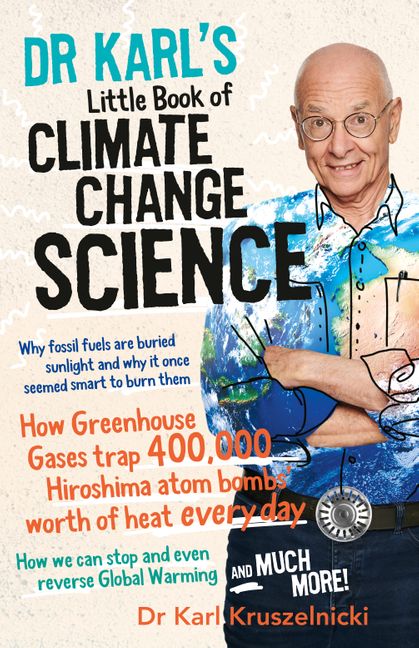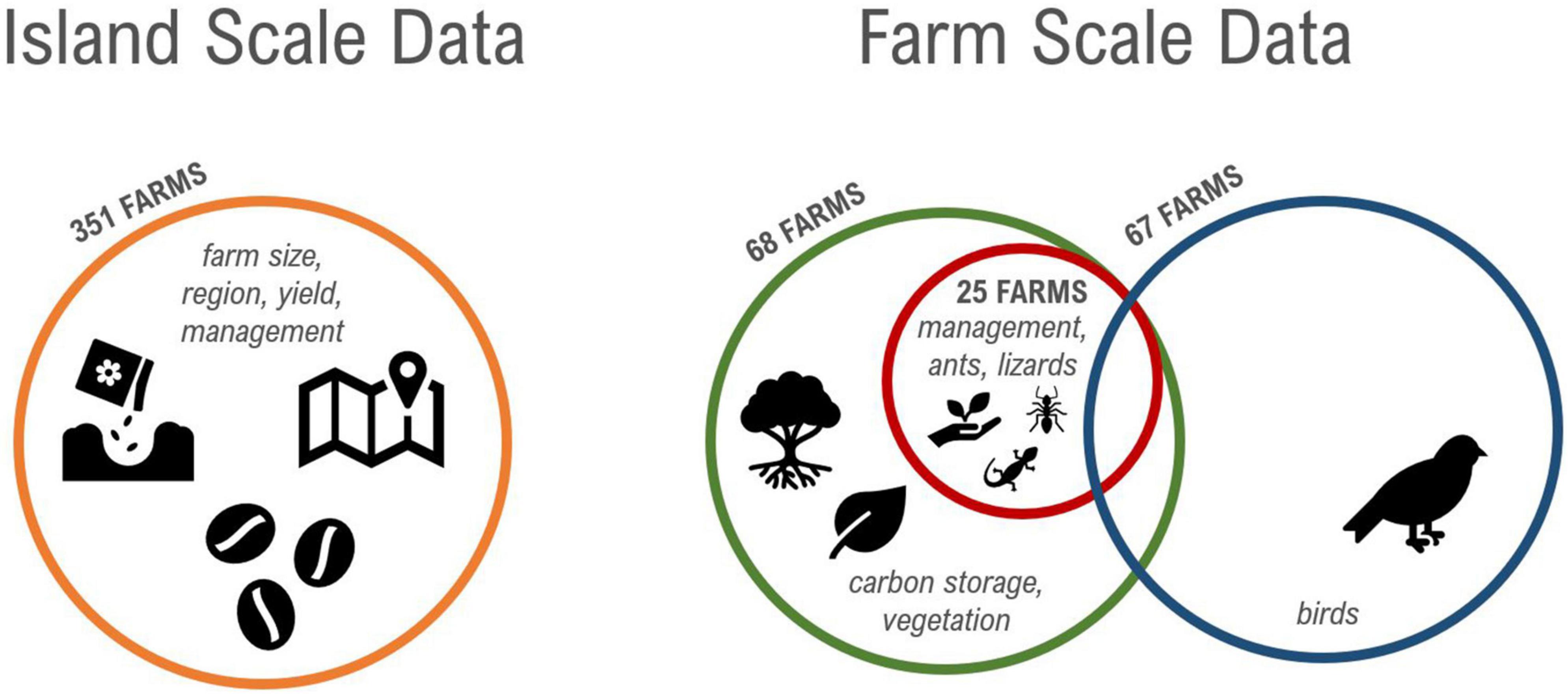Report on Localized Climate Change Impacts in Maryland and Alignment with Sustainable Development Goals
A recent analysis by the Capitol News Service (CNS) details the tangible, on-the-ground effects of climate change across six distinct regions of Maryland. The findings underscore the critical need for localized strategies that align with the United Nations Sustainable Development Goals (SDGs), particularly SDG 13 (Climate Action). The state is experiencing a consistent pattern of rising temperatures, increased precipitation, and more frequent extreme weather events, which directly challenge progress on multiple development fronts.
Regional Climate Impact Analysis and SDG Implications
The environmental shifts manifest differently across the state, requiring a nuanced understanding to formulate effective responses that support sustainable development.
Coastal Regions (Dorchester, Somerset, and Worcester Counties)
Coastal communities face immediate and severe threats that impact environmental and economic stability. These challenges directly relate to several SDGs:
- Primary Impacts: Saltwater intrusion into freshwater aquifers and agricultural land; significant land loss due to sea-level rise.
- SDG 2 (Zero Hunger): Agricultural viability is threatened by soil salinization, jeopardizing local food production.
- SDG 8 (Decent Work and Economic Growth): The vital seafood industry is at risk from changing marine ecosystems.
- SDG 11 (Sustainable Cities and Communities): Historic landmarks and coastal infrastructure are increasingly vulnerable to erosion and flooding.
- SDG 14 (Life Below Water) & SDG 15 (Life on Land): The intrusion of saltwater degrades terrestrial habitats and aquatic ecosystems.
Urban Centers (Baltimore)
Densely populated urban areas are experiencing an amplification of climate effects, straining public systems and infrastructure. This highlights the urgency of achieving urban-focused SDGs:
- Primary Impacts: Intensified urban heat island effect; increased frequency and severity of flooding.
- SDG 3 (Good Health and Well-being): Extreme heat and poor air quality place a significant burden on public health systems and vulnerable populations.
- SDG 9 (Industry, Innovation and Infrastructure): Outdated drainage and public works infrastructure are frequently overwhelmed, necessitating investment in resilient upgrades.
- SDG 11 (Sustainable Cities and Communities): The need for resilient urban planning, green spaces, and sustainable housing is paramount to protect residents.
Central, Capital, and Western Maryland
These regions are contending with altered weather patterns that disrupt agriculture, infrastructure, and daily life, demonstrating the broad reach of climate change.
- Primary Impacts: More frequent days with temperatures exceeding 95°F; heavier storm events leading to flash flooding; shifting seasonal patterns.
- SDG 2 (Zero Hunger): Shifting seasons and extreme weather create unpredictable conditions for farming, pressuring agricultural output.
- SDG 11 (Sustainable Cities and Communities): Increased flash flood risk threatens community safety and puts pressure on existing infrastructure.
- SDG 13 (Climate Action): The widespread nature of these impacts illustrates that comprehensive climate action is a statewide necessity.
Strategic Response and Integration with Sustainable Development Goals
The CNS report implicitly calls for robust, county-led responses that are integrated with the SDG framework. An interactive map provided by CNS serves as a critical tool for local governments to visualize county-specific impacts and inform planning. Key strategic actions include:
- Investment in Green Infrastructure: Developing natural and nature-based solutions to manage stormwater, mitigate heat, and enhance biodiversity, directly supporting SDG 9, SDG 11, and SDG 15.
- Promotion of Climate-Resilient Development: Updating building codes, land use policies, and infrastructure standards to withstand future climate conditions, a core tenet of SDG 11 and SDG 13.
- Protection for Vulnerable Communities: Implementing targeted programs to assist low-income, elderly, and marginalized populations who are disproportionately affected by climate impacts, advancing SDG 3 and SDG 10 (Reduced Inequalities).
Analysis of Sustainable Development Goals in the Article
SDG 13: Climate Action
- The article’s central theme is the local impact of climate change in Maryland, directly aligning with SDG 13, which urges action to combat climate change and its impacts. It details effects like “rising temperatures, heavier rainfall, and more frequent extreme weather.”
SDG 11: Sustainable Cities and Communities
- The article addresses this goal by highlighting the challenges faced by urban and local communities. It mentions that “urban areas like Baltimore face intensifying heat and flooding, straining public health systems and outdated infrastructure,” pointing to the need for resilient and sustainable community planning.
SDG 2: Zero Hunger
- This goal is relevant due to the described threats to food production. The article states that “saltwater intrusion and land loss” are “putting agriculture… at risk” and that there is “pressure on farmland,” which directly impacts food security and sustainable agriculture.
SDG 14: Life Below Water
- The article connects to SDG 14 by discussing the impacts on coastal ecosystems and marine-dependent industries. It notes that coastal counties are experiencing issues that put the “seafood industry at risk,” which relates to the sustainable use of marine resources.
SDG 3: Good Health and Well-being
- The connection to SDG 3 is made through the discussion of public health risks associated with climate change. The article points out that “intensifying heat and flooding” are “straining public health systems,” a direct challenge to ensuring healthy lives.
Identified SDG Targets
SDG 13: Climate Action
-
Target 13.1: Strengthen resilience and adaptive capacity to climate-related hazards and natural disasters in all countries.
- The article supports this by describing the need for “county-led responses, including investments in green infrastructure, climate-resilient development, and protections for vulnerable communities” to manage hazards like “heavier storms, hotter summers, and shifting seasonal patterns.”
SDG 11: Sustainable Cities and Communities
-
Target 11.5: By 2030, significantly reduce the number of deaths and the number of people affected and substantially decrease the direct economic losses relative to global gross domestic product caused by disasters, including water-related disasters, with a focus on protecting the poor and people in vulnerable situations.
- This is reflected in the article’s description of “intensifying heat and flooding” and “greater risk of flash flooding,” which strain infrastructure and require “protections for vulnerable communities.”
-
Target 11.b: By 2020, substantially increase the number of cities and human settlements adopting and implementing integrated policies and plans towards inclusion, resource efficiency, mitigation and adaptation to climate change, resilience to disasters.
- The article’s call for “county-led responses, including investments in green infrastructure, [and] climate-resilient development” directly corresponds to the implementation of integrated plans for climate adaptation and resilience.
SDG 2: Zero Hunger
-
Target 2.4: By 2030, ensure sustainable food production systems and implement resilient agricultural practices that increase productivity and production, that help maintain ecosystems, that strengthen capacity for adaptation to climate change, extreme weather, drought, flooding and other disasters and that progressively improve land and soil quality.
- The article highlights the urgency of this target by noting that climate impacts like “saltwater intrusion and land loss” are “putting agriculture… at risk” and creating “pressure on farmland.”
SDG 14: Life Below Water
-
Target 14.2: By 2020, sustainably manage and protect marine and coastal ecosystems to avoid significant adverse impacts, including by strengthening their resilience, and take action for their restoration in order to achieve healthy and productive oceans.
- The article points to this target by describing how “coastal counties like Dorchester, Somerset, and Worcester are experiencing saltwater intrusion and land loss,” which threatens coastal ecosystems and the associated “seafood industry.”
SDG 3: Good Health and Well-being
-
Target 3.d: Strengthen the capacity of all countries, in particular developing countries, for early warning, risk reduction and management of national and global health risks.
- The article implies this target by stating that “intensifying heat and flooding” are “straining public health systems,” indicating a need to manage health risks associated with climate events.
Implied and Mentioned Indicators
- Temperature Metrics: The article explicitly mentions “rising temperatures” and “more days over 95°F” as measurable indicators of climate change.
- Precipitation and Weather Events: “Heavier rainfall,” “more frequent extreme weather,” and “greater risk of flash flooding” are cited as key challenges, serving as indicators of changing climate patterns.
- Coastal Impact Metrics: “Saltwater intrusion” and “land loss” are specific, measurable impacts on coastal areas mentioned in the article.
- Economic and Industrial Impact: The article implies economic indicators by noting that the “seafood industry” and “agriculture” are “at risk,” suggesting that metrics could include changes in production, revenue, or employment in these sectors.
- Public Health Metrics: The “straining [of] public health systems” due to “intensifying heat” implies indicators such as heat-related illnesses or hospital admissions.
- Infrastructure Resilience: The mention of “outdated infrastructure” being strained by flooding suggests that the condition and failure rate of infrastructure could be an indicator of community resilience.
Summary of SDGs, Targets, and Indicators
| SDGs | Targets | Indicators |
|---|---|---|
| SDG 13: Climate Action | 13.1: Strengthen resilience and adaptive capacity to climate-related hazards. | Rising temperatures; Number of days over 95°F; Frequency of extreme weather; Incidence of heavier rainfall and flash flooding. |
| SDG 11: Sustainable Cities and Communities | 11.5: Reduce the impact of disasters on people and economies. 11.b: Implement integrated policies for climate change adaptation and resilience. |
Strain on outdated infrastructure; Need for protections for vulnerable communities; Investments in green infrastructure and climate-resilient development. |
| SDG 2: Zero Hunger | 2.4: Ensure sustainable and resilient food production systems. | Extent of saltwater intrusion; Area of land loss; Pressure on farmland; Risks to agriculture. |
| SDG 14: Life Below Water | 14.2: Sustainably manage and protect marine and coastal ecosystems. | Impacts of saltwater intrusion and land loss on coastal areas; Economic health of the seafood industry. |
| SDG 3: Good Health and Well-being | 3.d: Strengthen capacity for management of health risks. | Evidence of strain on public health systems due to intensifying heat and flooding. |
Source: conduitstreet.mdcounties.org






